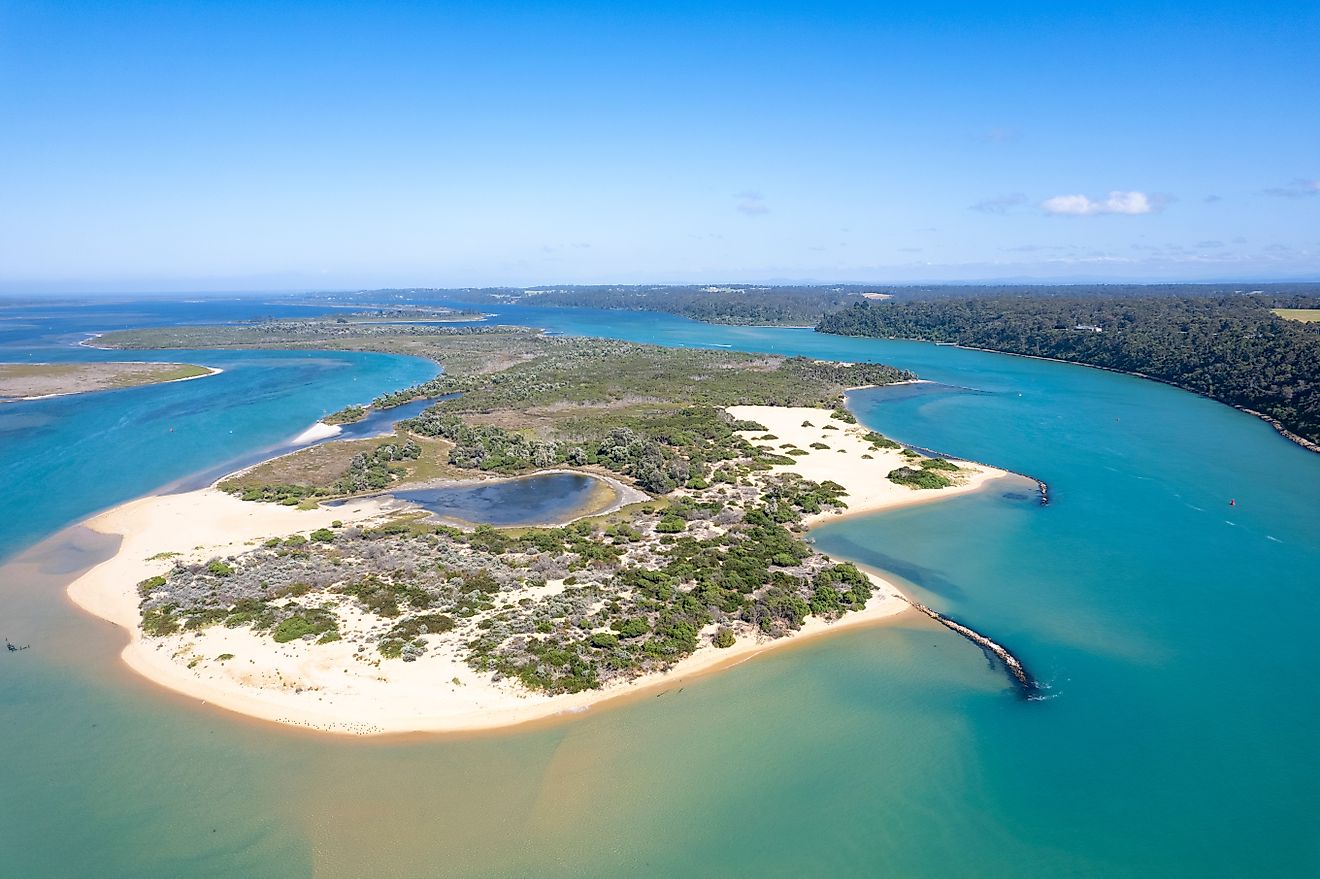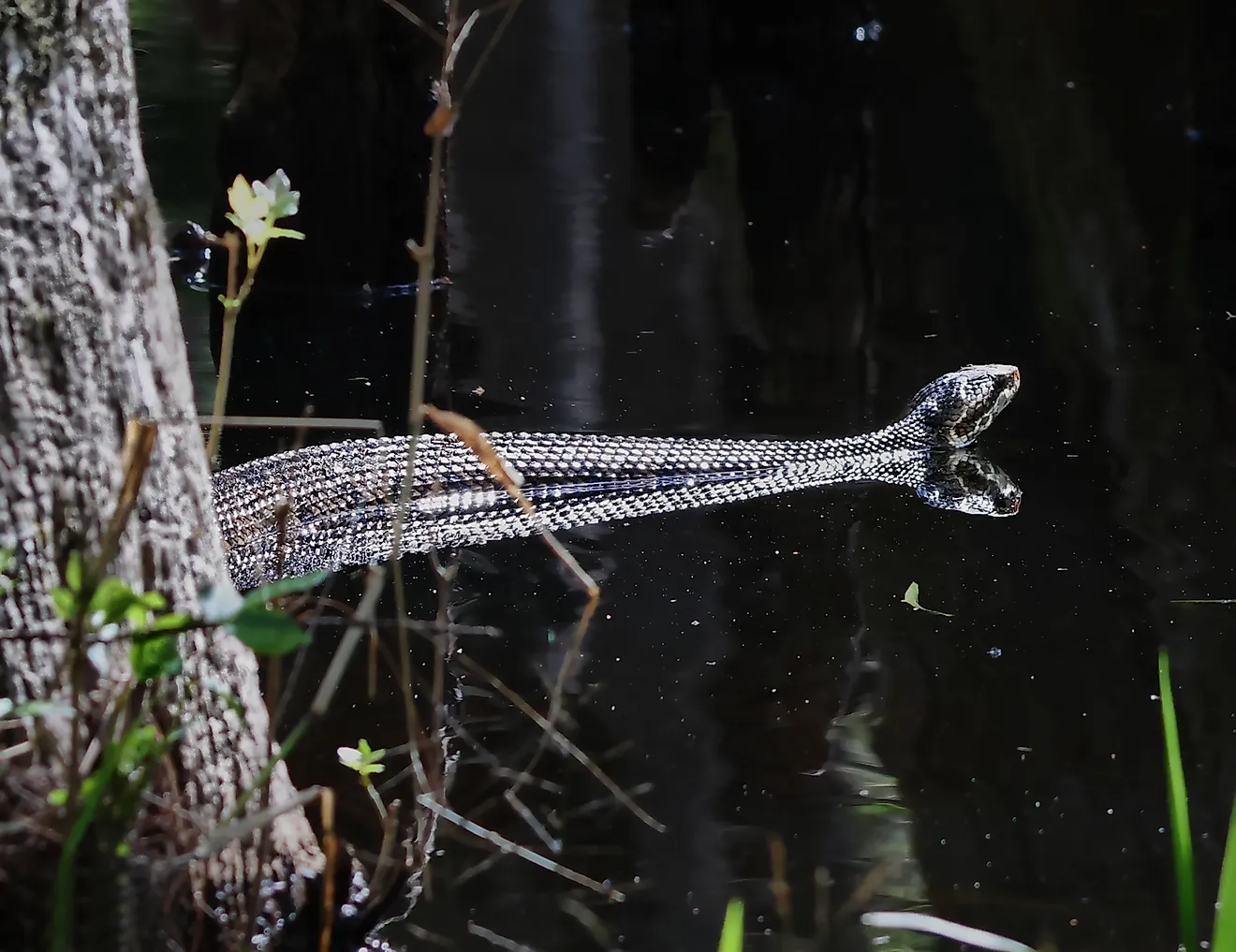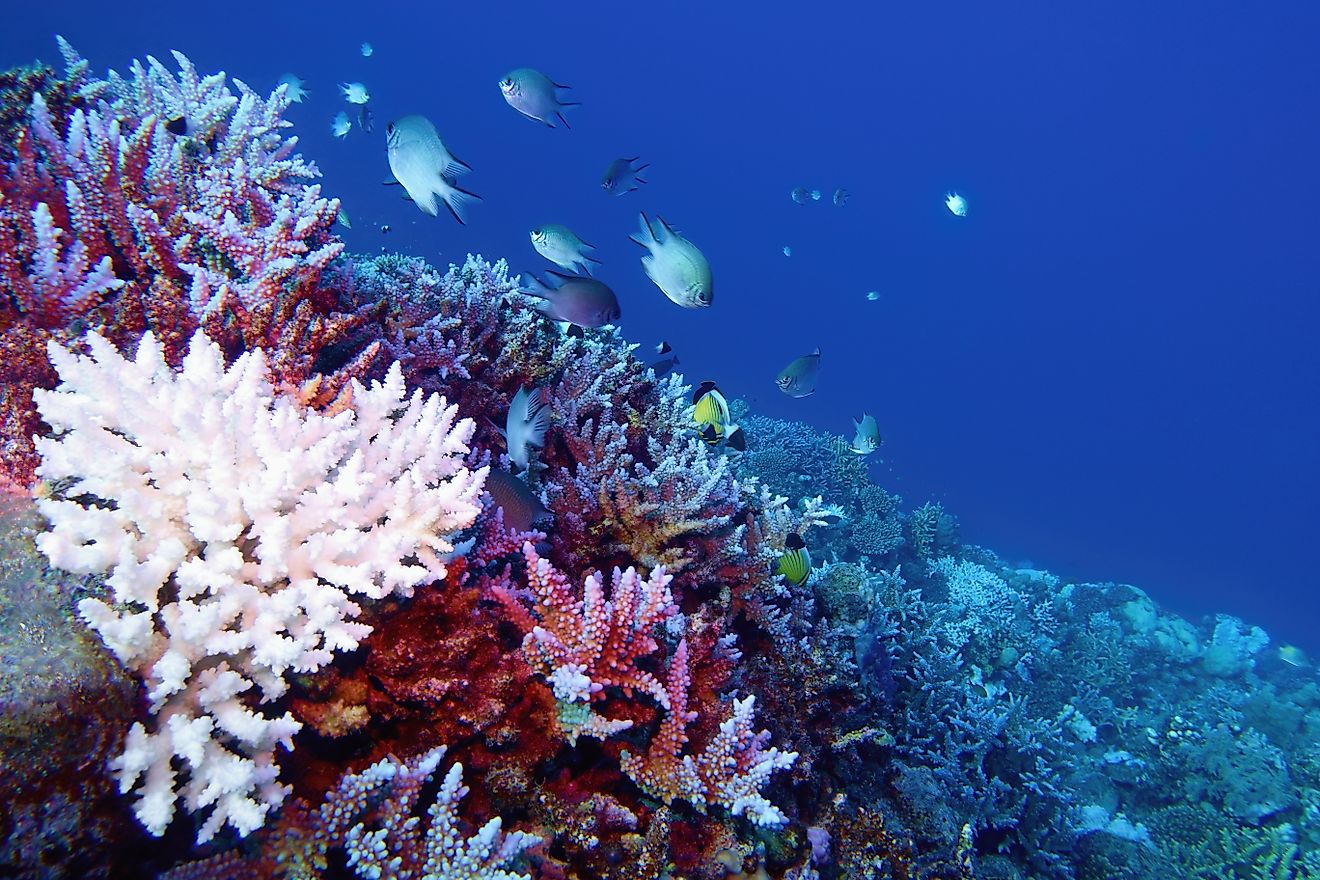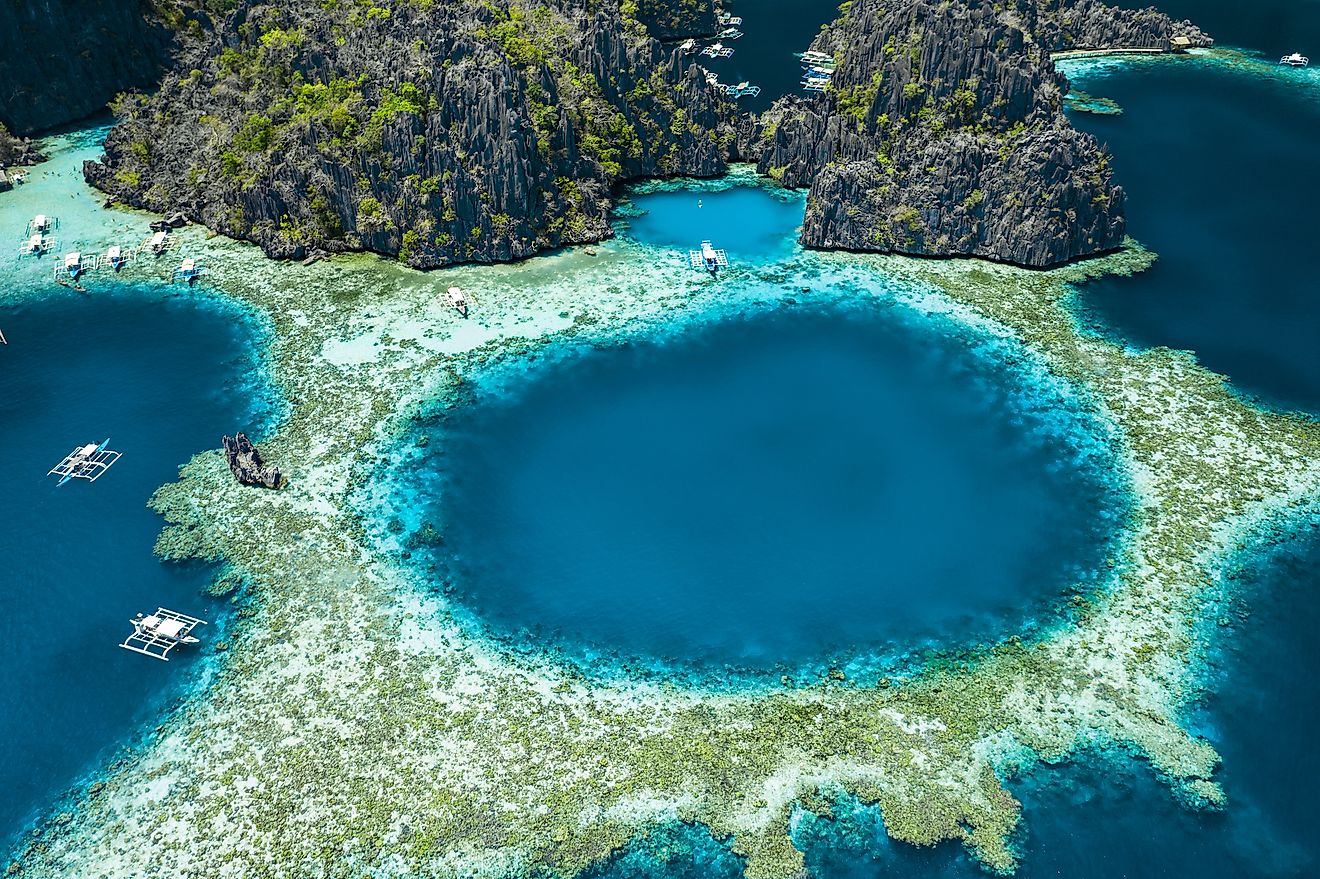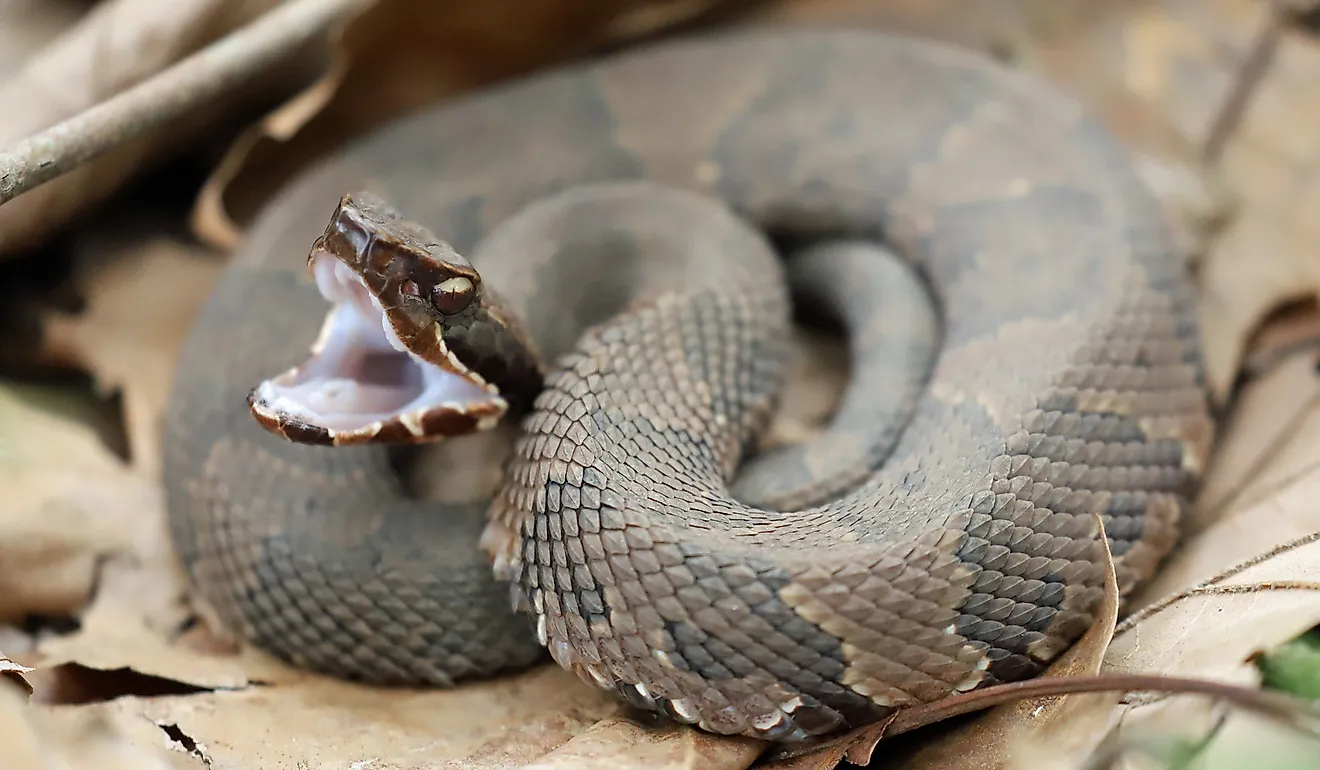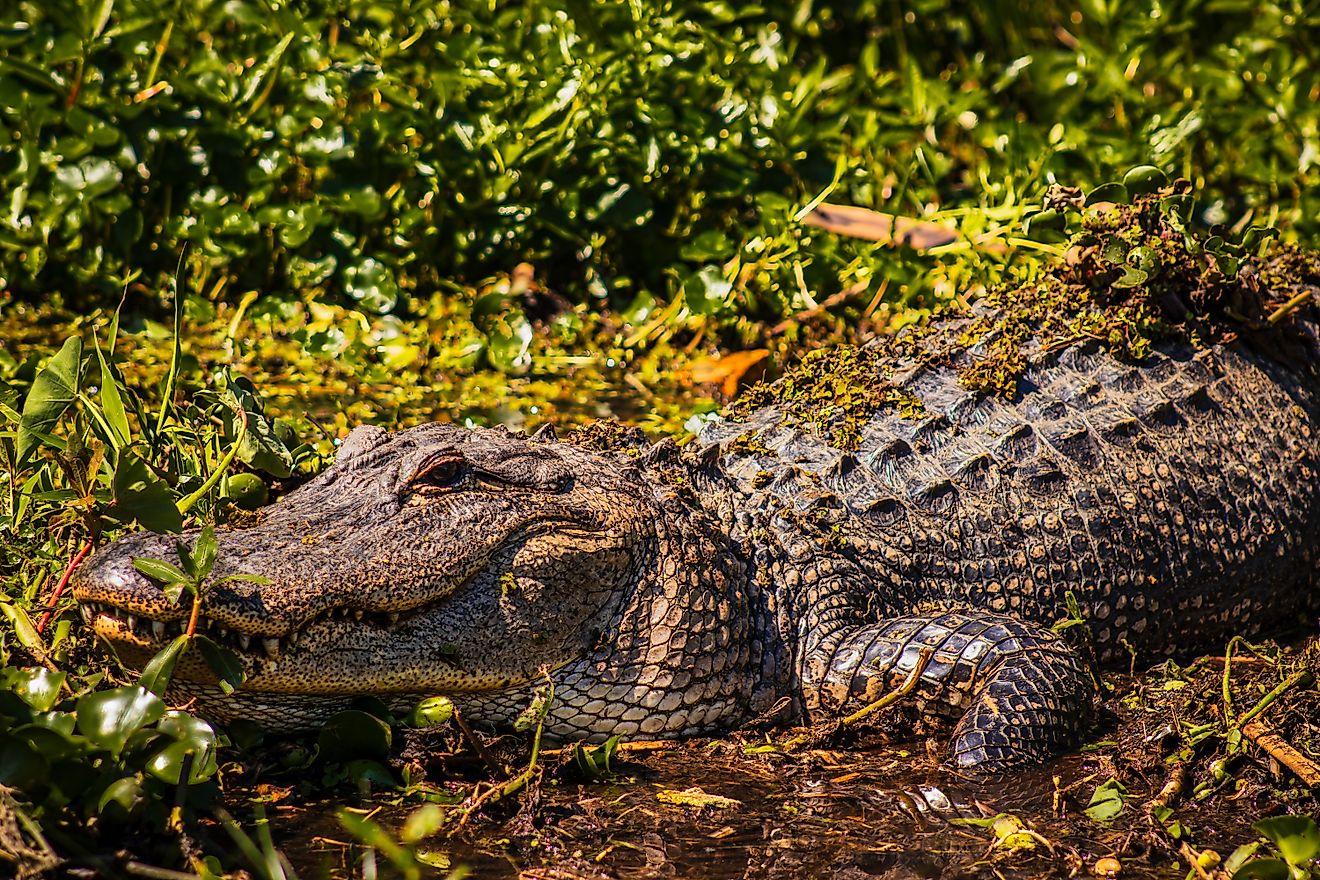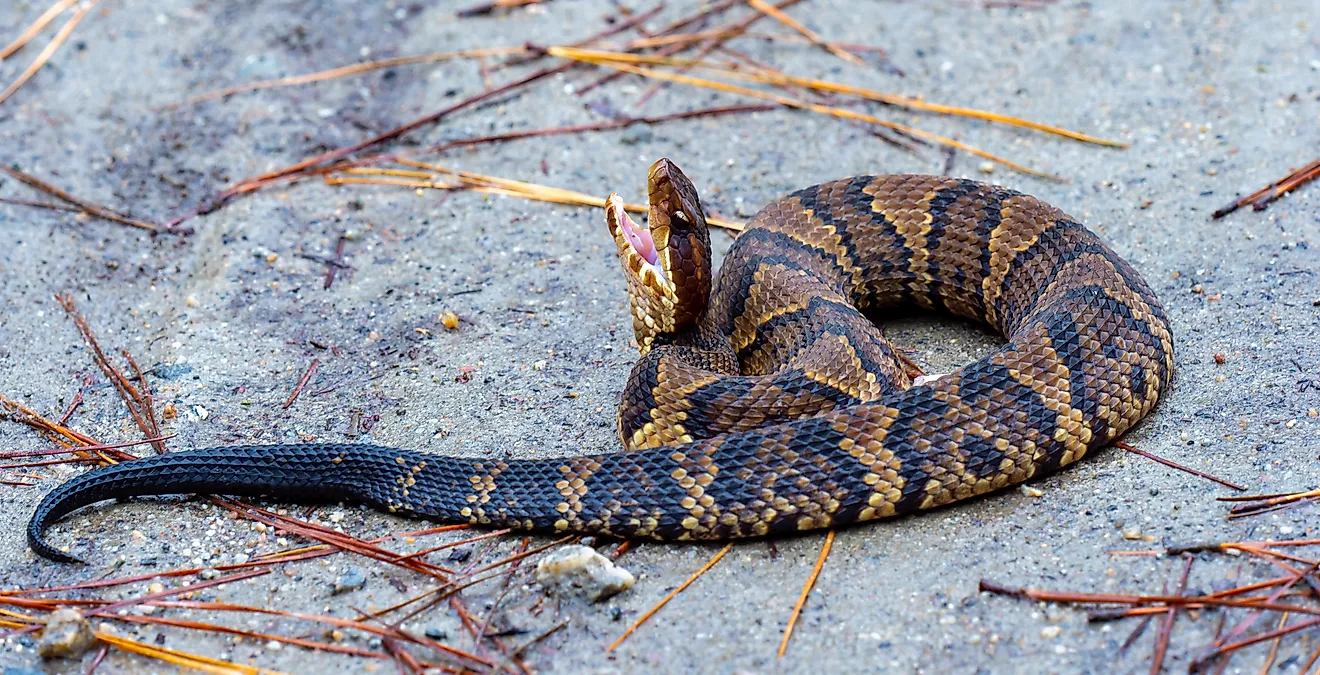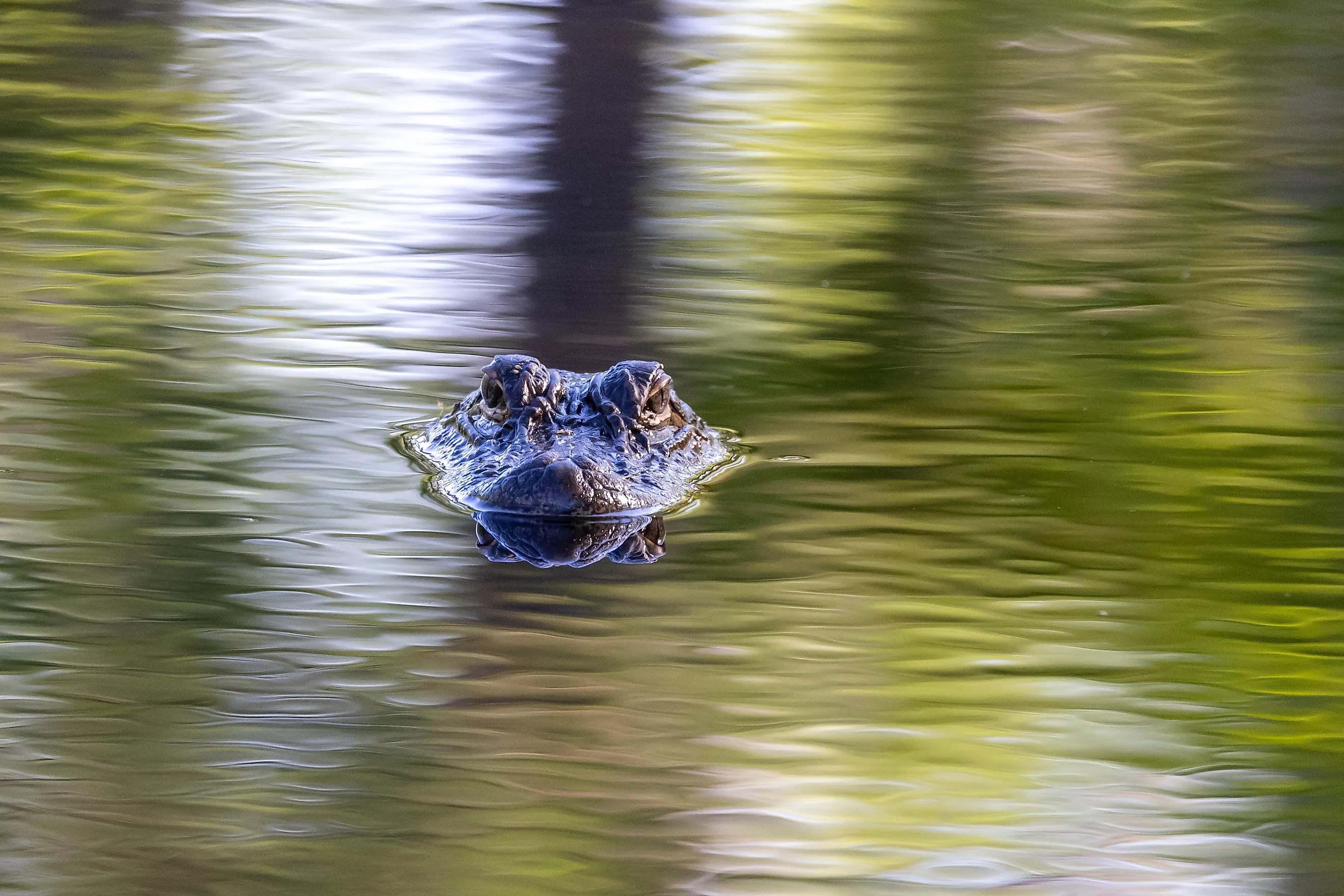
5 Most Alligator Filled Rivers In North Carolina
North Carolina represents the northernmost limits of alligator country in the United States, with the population increasing the further south you travel. Hello, Louisiana, Florida, and Texas, the three states that rank first, second, and third in alligator population. The wild alligator population in North Carolina is in the low thousands, significantly smaller than in the Deep South, where alligators number in the millions. They are concentrated in the southern coastal region, near the lower Cape Fear River Basin, the Black River, and the Alligator River.
American alligators in the Tar Heel State tend to be smaller than those found in the southern United States, but it’s not uncommon to see males measuring 13 feet and weighing 500 pounds or more. Females rarely grow larger than nine feet and 200 pounds. In most of the southern alligator-heavy states, the ancient reptiles tend to be active throughout most of the year, whereas Tar Heel gators brumate as water temperatures drop. Brumation is the reptilian equivalent of hibernation and can last as long as the water temperatures remain cold, making alligators look frozen under the water’s surface.
Cape Fear and Northeast Cape Fear Rivers

The 202-mile Cape Fear River is the only major river in North Carolina that flows directly into the Atlantic Ocean, according to Cape Fear River Watch. It starts near Fayetteville, then travels through Elizabethtown and Wilmington before dumping into the ocean near Bald Head Island and Cape Fear. As the river widens near the coast, alligators can be spotted in the estuaries where fresh water meets salt water, as well as in the ponds, marshes, and creeks surrounding Carolina Beach State Park. Occasionally, alligators wander into the park’s 54-slip marina.
Thanks to its location along a vital migration route, the park is a birder’s paradise, where brown pelicans thrive, and the sounds of American goldfinches, warblers, and woodpeckers echo in the forests. Carolina Beach State Park is known for hosting natural populations of the Venus flytrap, a carnivorous plant native to a small region of coastal North and South Carolina.
The Northeast Cape Fear River is a tributary of the Cape Fear River, running from Mount Olive for 130 miles southward until it joins the Cape Fear River near Eagles Island and the USS Battleship North Carolina Memorial. Alligators are routinely seen in the vicinity of the memorial, the largest of which is called “Charlie.”
Black River
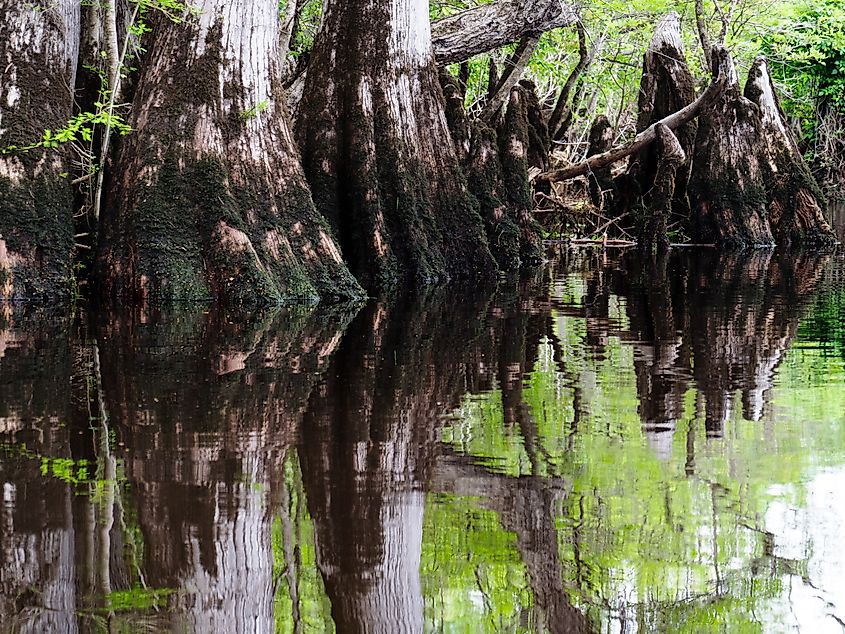
One of the oldest and most ecologically unique river systems in the world, the Black River starts at the confluence of the Great Coharie Creek and Six Runs Creek in North Carolina’s southeastern Coastal Plain region, flowing for 60 miles before ultimately draining into the Cape Fear River.
The river is renowned for its ancient bald cypress trees — some more than 2,600 years old — which are among the oldest known individual trees in eastern North America. Some of the towering cypress trees, sometimes referred to as “knees” because of the knobby root-like structure that sticks out of the water like a bent human knee, are over 2,600 years old.
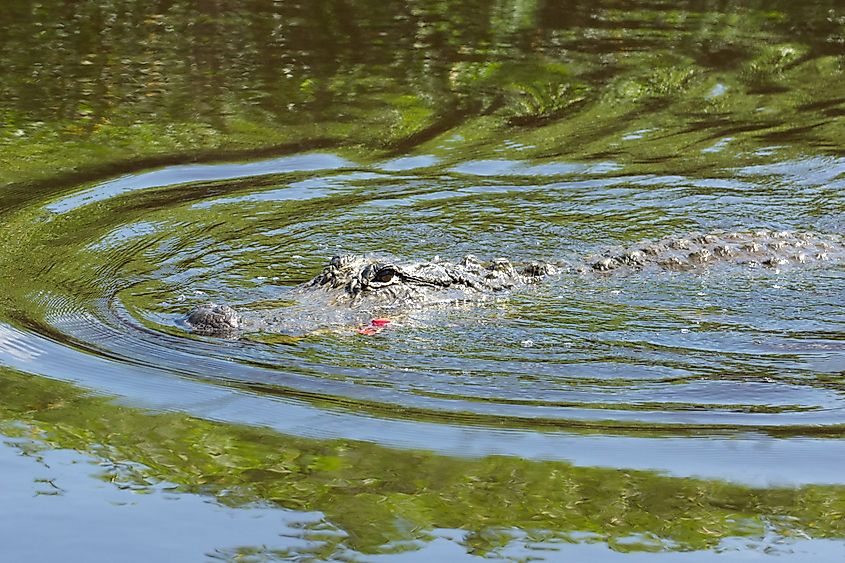
While rare fish species and mussels like the Cape Fear spike live in the river, many wildlife species inhabit the river’s floodplain, including bobcats, river otters, black bears, and American alligators. To see local wildlife along the river, Ancient Cypress Tours takes adventurers on all-day excursions through the Three Sisters Swamp, where you can expect to see egrets, ospreys, blue herons, and even alligators. Tours leave from the small town of Ivanhoe, North Carolina.
Lumber River
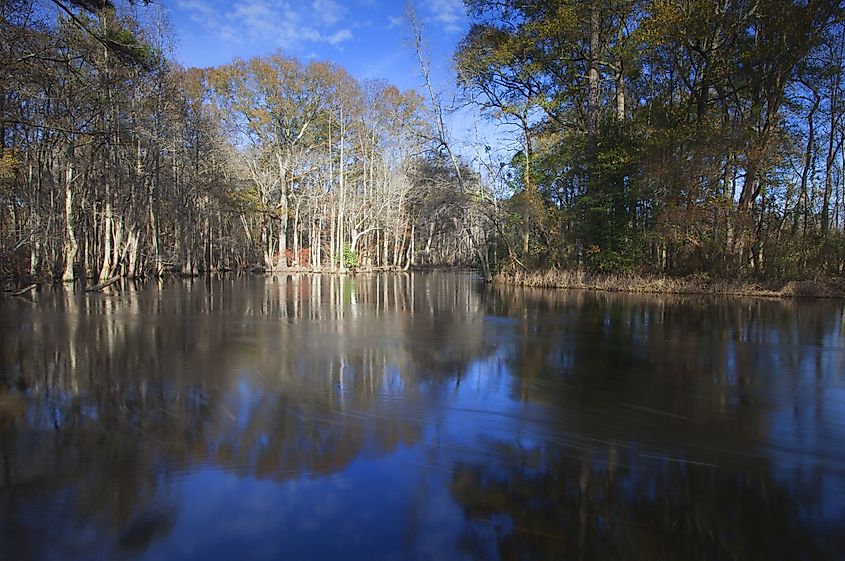
The headwaters of the Lumber River are ominously known as Drowning Creek, thanks to the river’s whirlpool-like sinkholes, strong currents, and the color of its mysterious black water. From there, the river flows 115 miles downstream to the North Carolina-South Carolina border and into the Little Pee Dee River, the Great Pee Dee River, and Winyah Bay before reaching the Atlantic Ocean. Eighty-one miles of the Lumber River is designated as a National Wild and Scenic River, as it meanders past the cypress-lined banks of the Lumber River State Park, and it is the only blackwater river in the state to hold that honor.
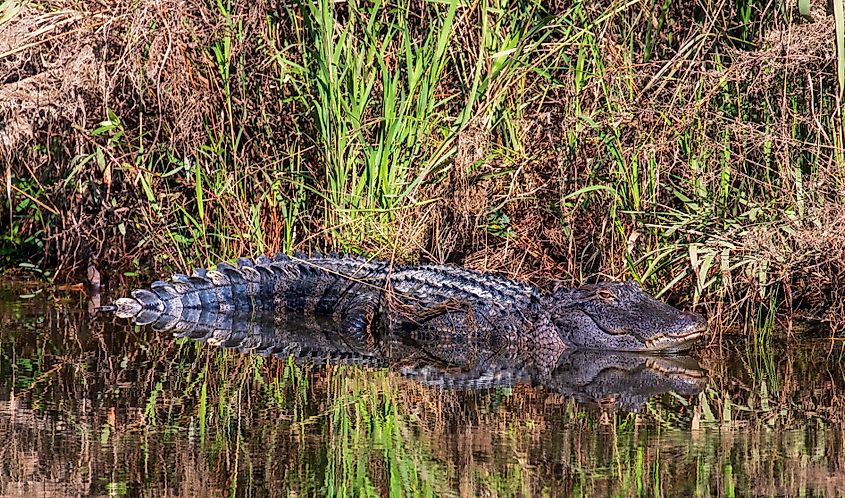
Paddling by canoe is the best way to discover the wild and natural beauty of the slow-moving Lumber River. The river is divided into water trails with 24 canoe access points at road intersections, with the 17-segment Lower Lumber River Recreational Trail a standout section of the trail. Most of the wildlife you’ll notice is routinely found in this part of the state, except for a few species, like the endangered red-cockaded woodpecker, and the American alligator, which is more common in coastal waters.
Waccamaw River
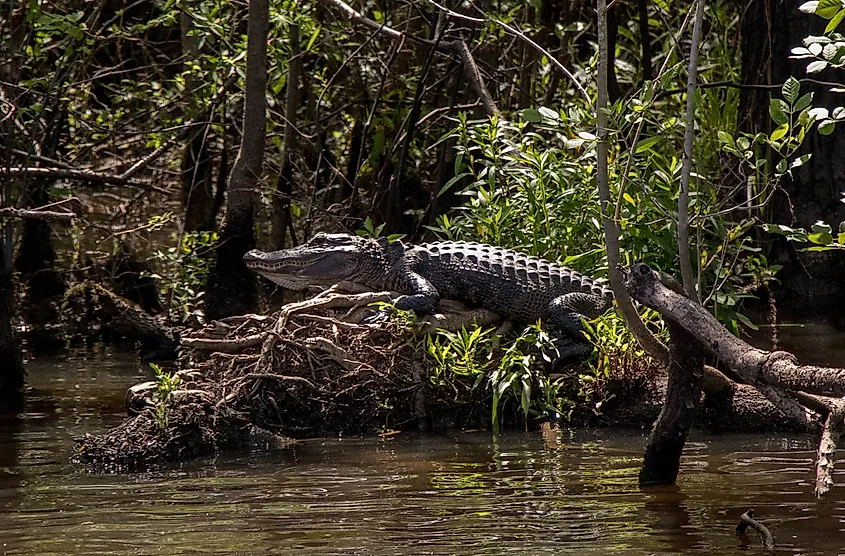
The Waccamaw River starts at Lake Waccamaw in southeastern North Carolina, then flows south for 140 miles, eventually joining the Great Pee Dee River and ending in Winyah Bay near Georgetown, South Carolina. Just southeast of the river’s headwaters is one of North Carolina’s most famous nature preserves, the over 15,000-acre Green Swamp.
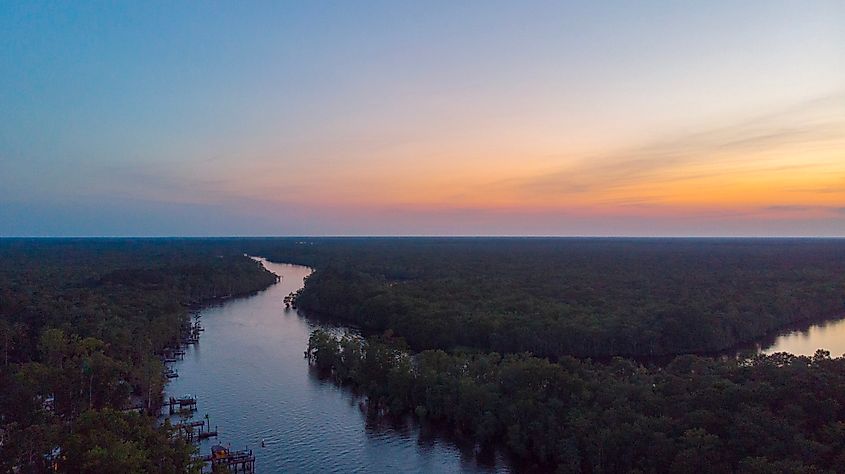
The swamp is a haven for horticulturists, where you can see at least 14 different species of insect-eating plants, including Venus flytraps, bladderworts, and pitcher plants. The preserve also protects numerous rare animals, like the secretive Bachman’s sparrow that only lives in the grassy pine woods of the southeastern US, Hessel’s hairstreak butterfly, which relies exclusively on dwindling Atlantic white cedar in the swamp, and the American alligator.
Alligator River

The Alligator River is a 47-mile blackwater river that flows north through the wetlands of eastern North Carolina, originating from the swampy lowlands near Fairfield, and empties into the Albemarle Sound at East Lake, directly across the water from Roanoke Island in the Outer Banks. Alligator River and the surrounding Alligator River National Wildlife Refuge are one of the northernmost breeding populations of American alligators in the US.
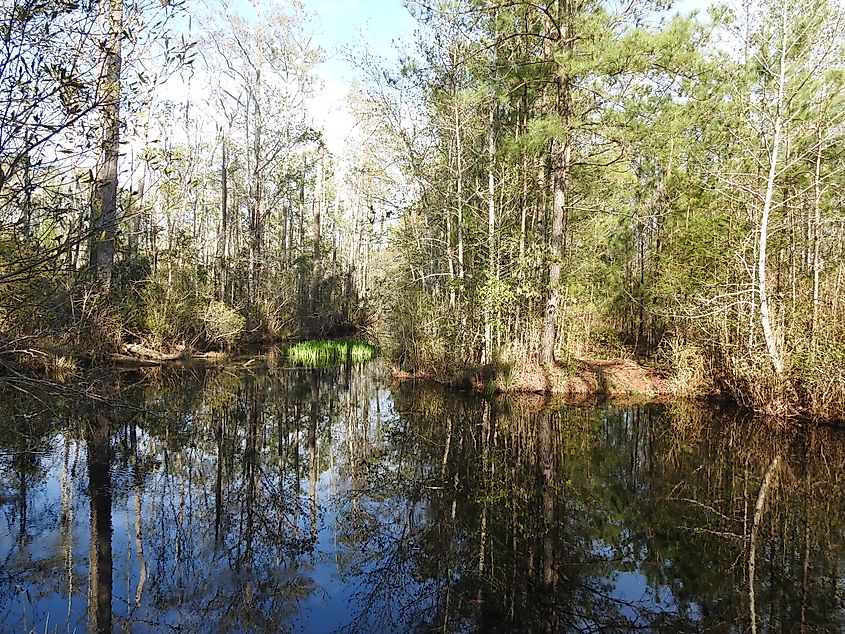
In addition to the species that lends its name to the river, the wildlife refuge is home to a large population of black bears, bald eagles, and the only wild population of the critically endangered red wolf, of which fewer than 30 are believed to live in the refuge. Visiting the Alligator River National Wildlife Refuge is definitely a bucket-list-worthy destination for nature lovers, wildlife enthusiasts, and adventurers of all kinds. Open all year round, you can explore the refuge on the Murphy Peterson Wildlife Drive, on more than 15 miles of paddling trails, or choose between two half-mile wildlife trails for a secluded stroll in nature.
The Wildest Rivers of North Carolina
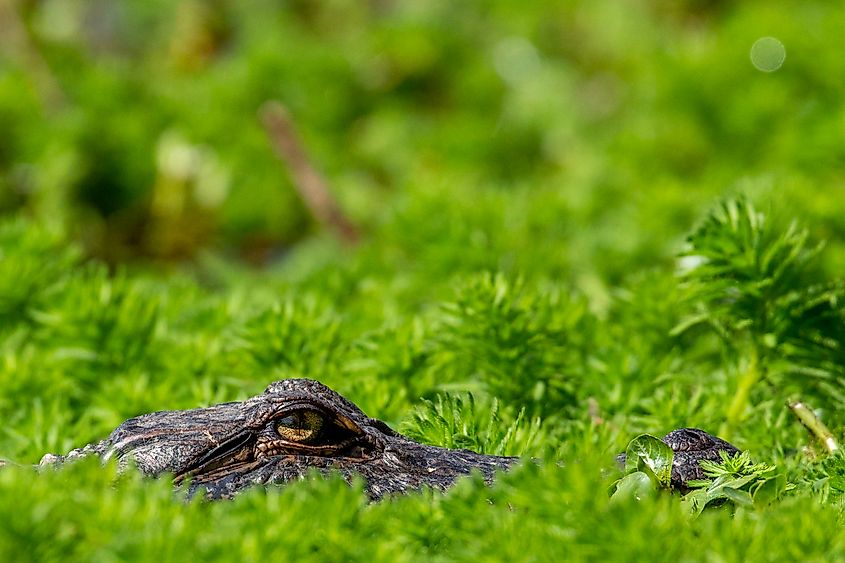
North Carolina’s five most alligator-filled river systems are also home to some of the rarest plants and animals in the United States in a landscape unlike anywhere else in the world. Along the Cape Fear and Northeast Cape Fear Rivers, Venus flytraps thrive, while alligators fill the brackish estuaries. The ancient Black River shelters 2,600-year-old bald cypress trees, along with alligators, bobcats, otters, and rare freshwater mussels.
The Lumber River supports endangered species such as the red-cockaded woodpecker, and the Waccamaw River flows past the mysterious Green Swamp. The Alligator River and its vast refuge protect American alligators, abundant black bears, and the world’s only wild population of critically endangered red wolves, making North Carolina a hotspot for extraordinary biodiversity.
